Furniture
Furniture can serve as another form of brand identity. Specialty elements, such as reception desks, can become focal points within interior architecture. Due to IBM’s global reach, furniture models will vary by geographical location.
- Individual settings
- Collaborative seating
- Collaborative tables
- Café settings
- Workplace tools
- Sustainability and wellness recommendations
Individual settings
These work settings allow for focused individual work in a variety of contexts. Personal workstations allow for larger work surfaces, and high-top tables and counters create opportunities to quickly take a seat and send an email. Furniture elements with greater levels of enclosure, such as carrels and phone booths, offer greater privacy when needed.
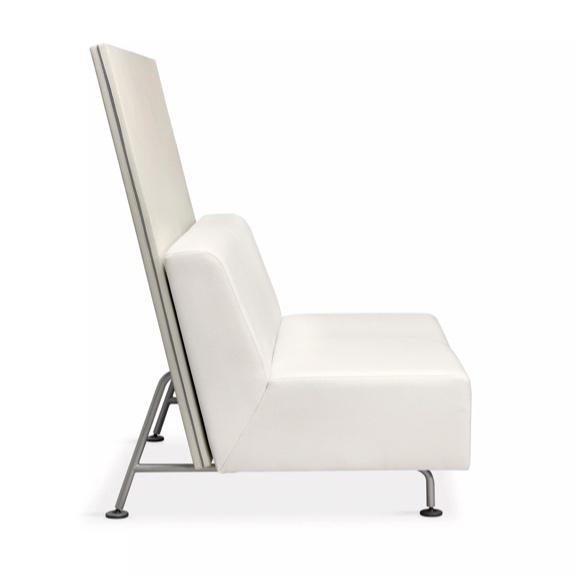
Workstation lounge
The workstation lounge offers an inviting setting to take a break or work in a softer setting.
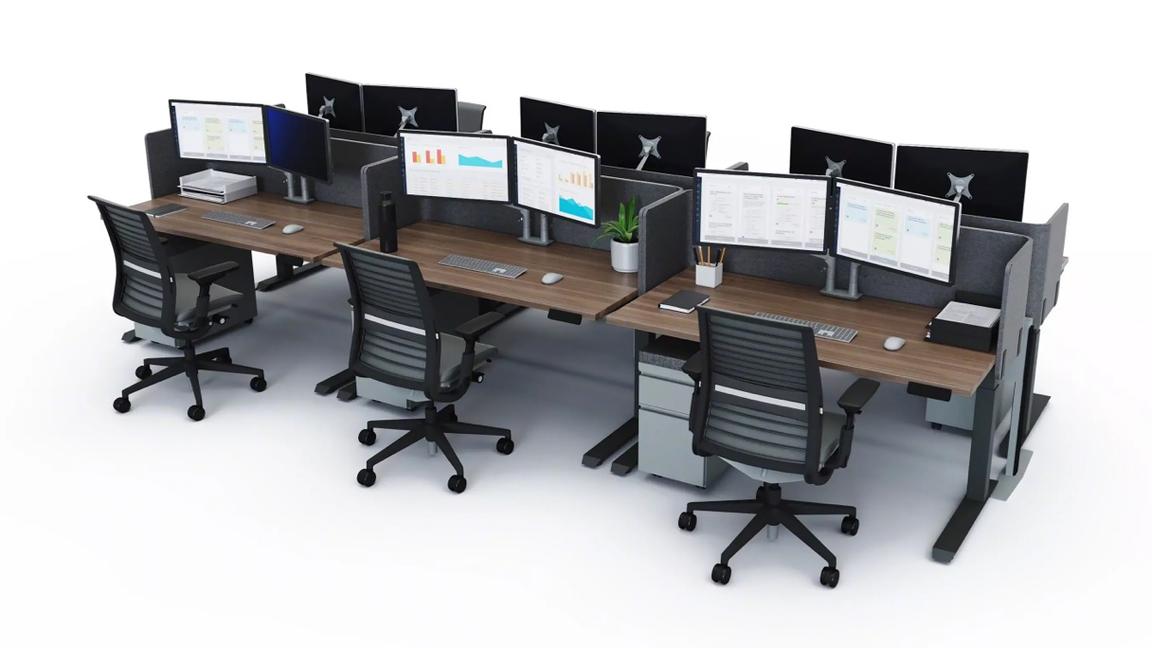
Workstation A
Designed for longer work sessions, workstations serve as a comfortable home base that can accommodate a variety of technology needs and work styles.
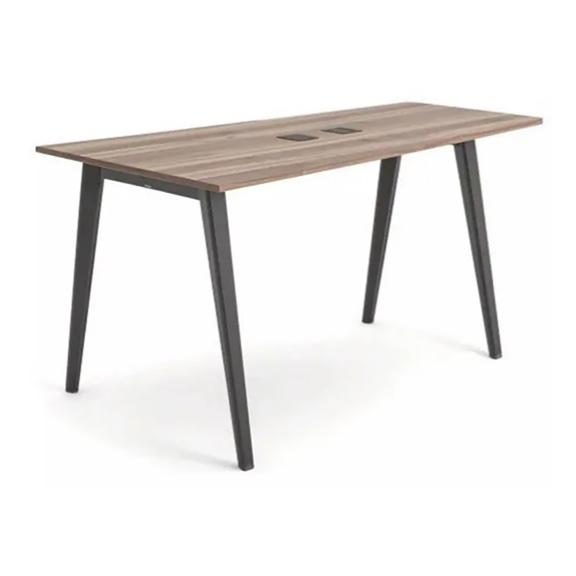
High-top tables
High-tops give users space for a quick work touchdown or to connect with a coworker.
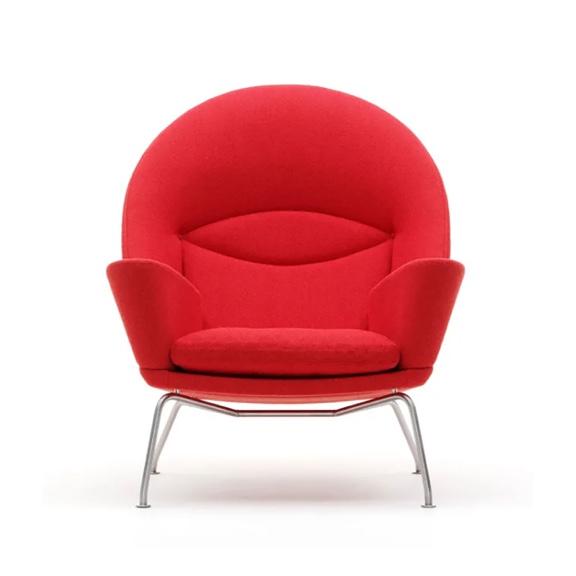
Mother’s room lounge
A plush lounge chair offers comfortable seating for mothers in lactation rooms.
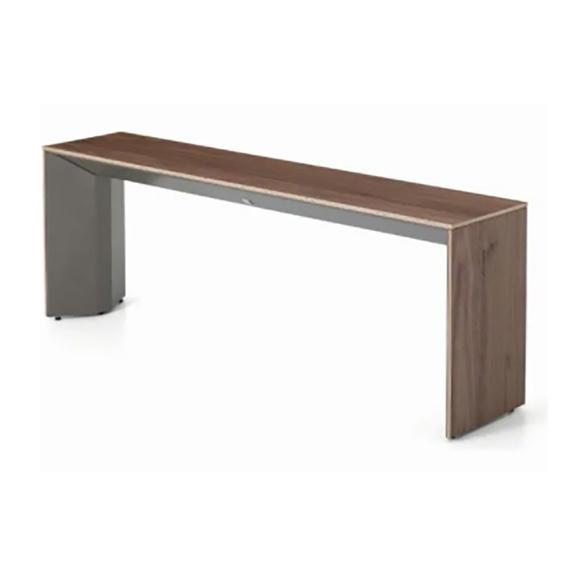
High-top counters
High-top counters give users space for a quick work touchdown or to connect with a coworker.
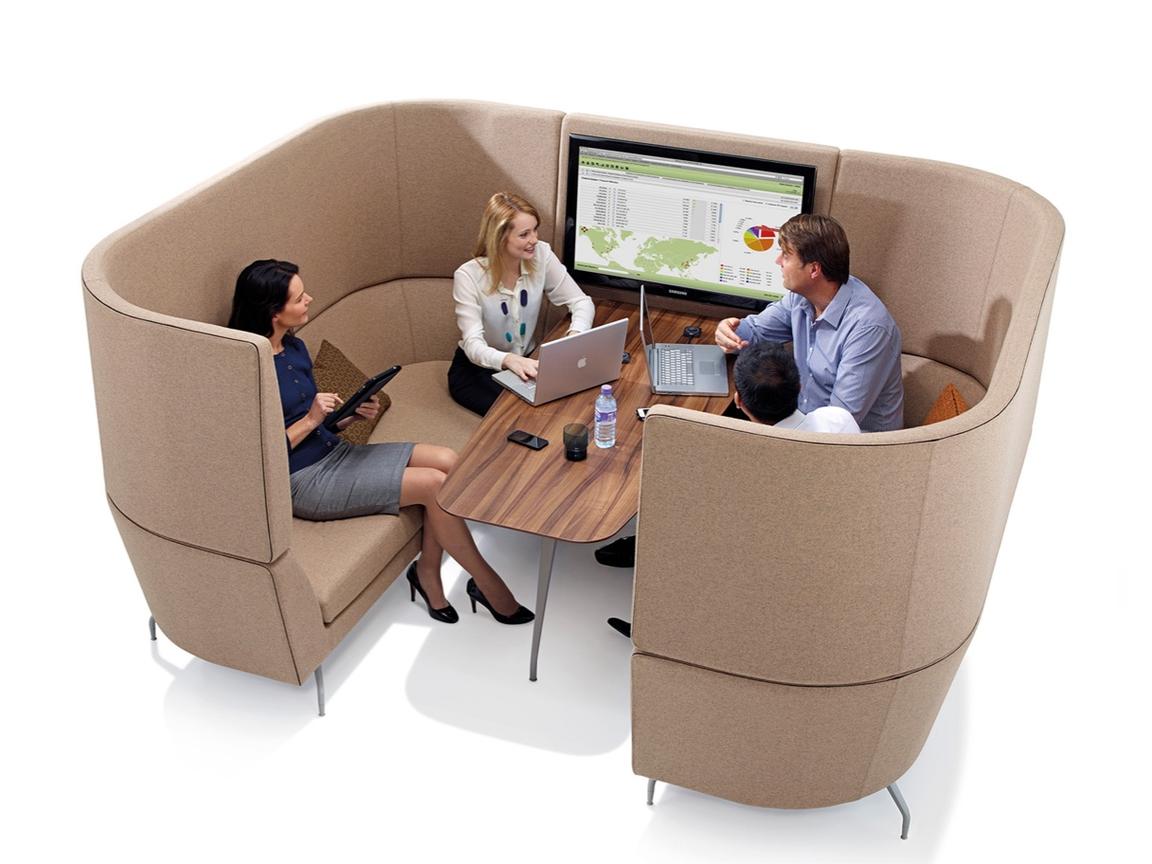
Orangebox
An Orangebox provides a powered flexible work setting that can accommodate individual or group work and includes a large screen.
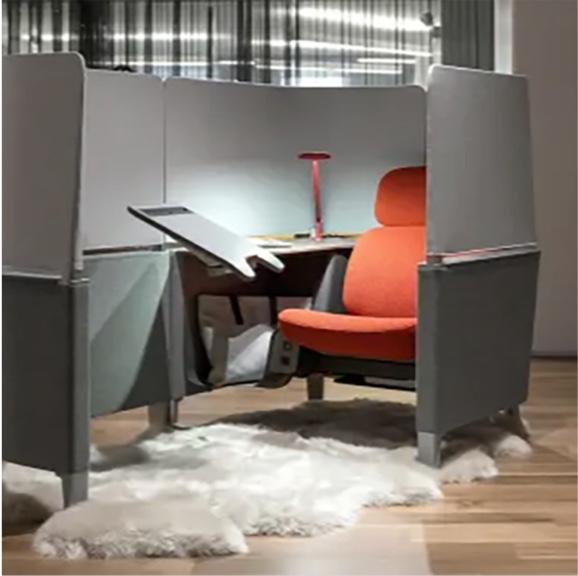
Carrel
Carrels shield the user from visual distractions and give increased privacy for tasks that require more sensitivity or focus.
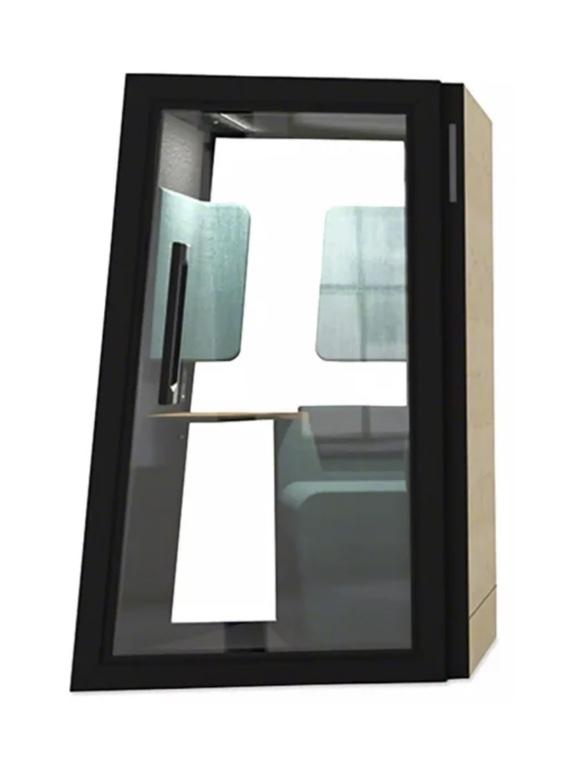
Enclosed phone booth
Phone booths provide a physical and acoustic buffer between the individual and the rest of the office for private calls.
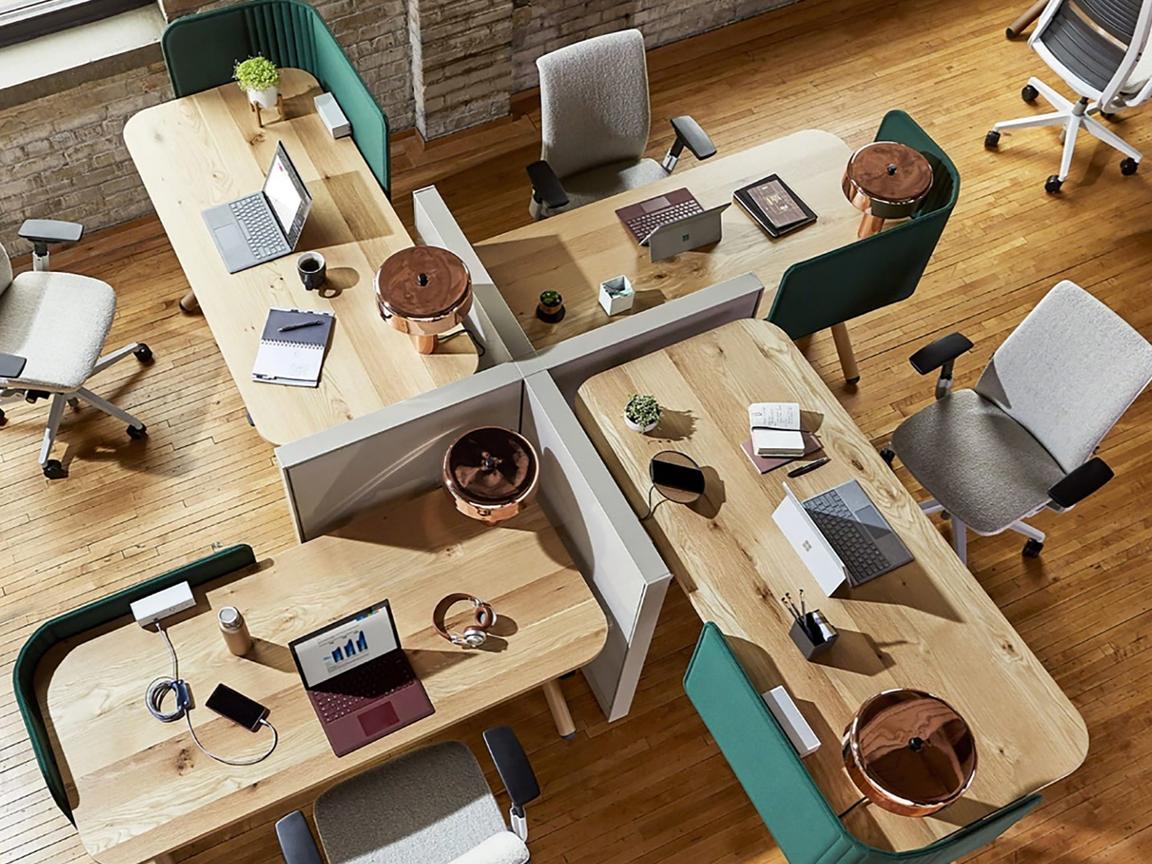
Focus seats
Focus seats provide unassigned space for shorter periods of use when a workstation or high table isn’t suitable.
Collaborative seating
Collaborative seating elements offer formal and informal work environments that are conducive to meeting or brainstorming. These settings are highly flexible to accommodate a wide variety of work types and styles.
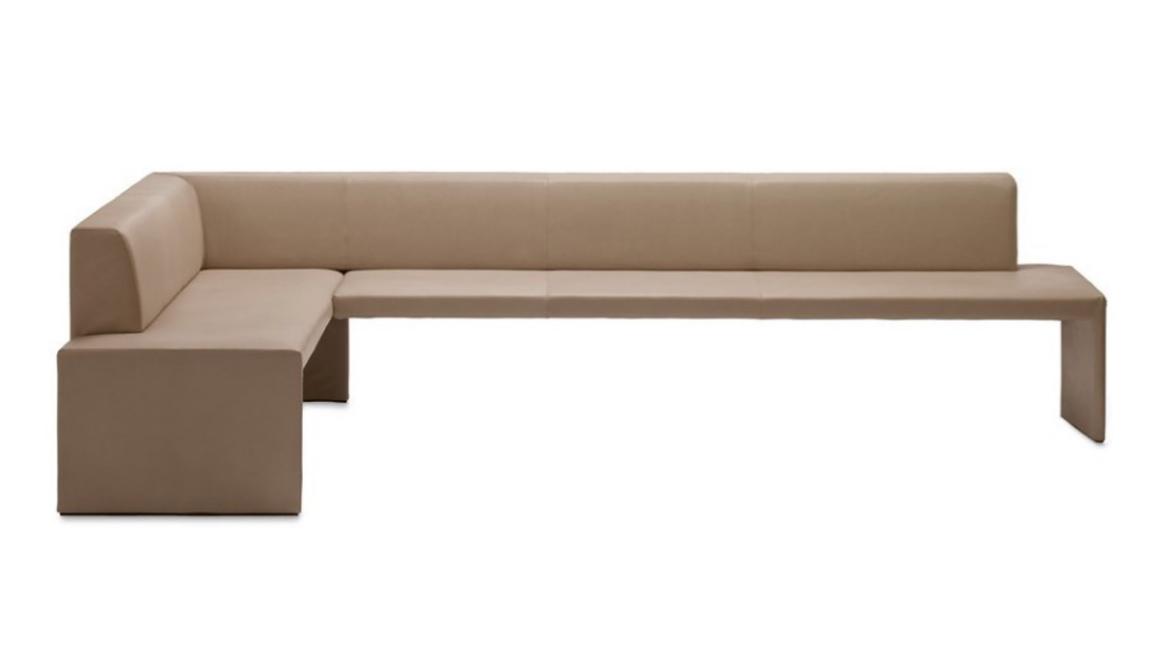
Conversing sofa
A conversing sofa provides a soft setting for one-on-one conversations or seating for multiple team members in larger group settings.
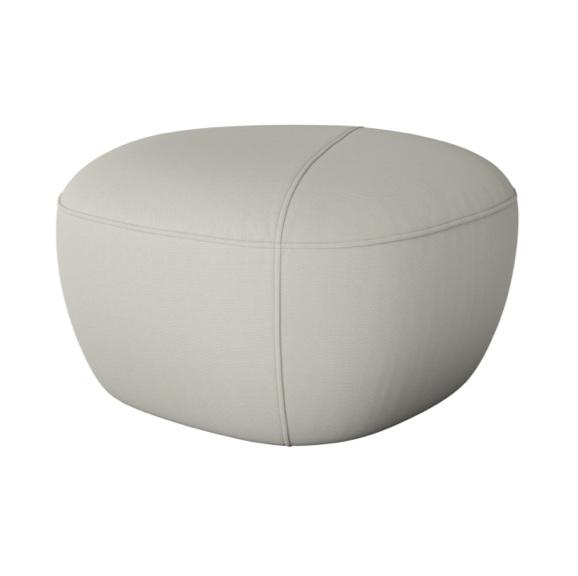
Pouf
Poufs can be used as additional seating or footrests.
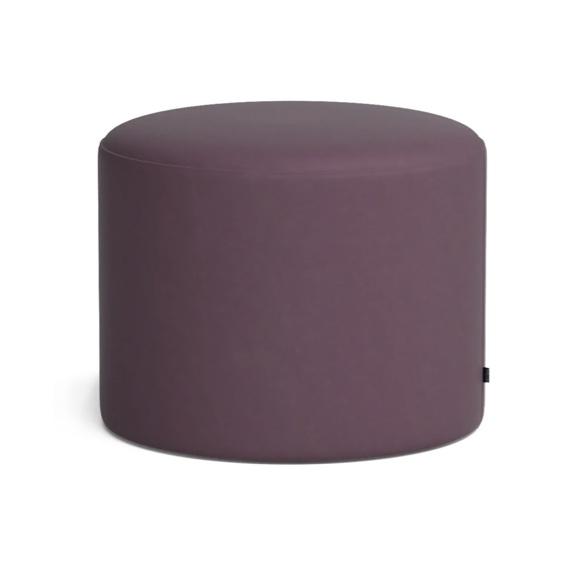
Ottoman
A lightweight movable footrest doubles as an impromptu seating option.
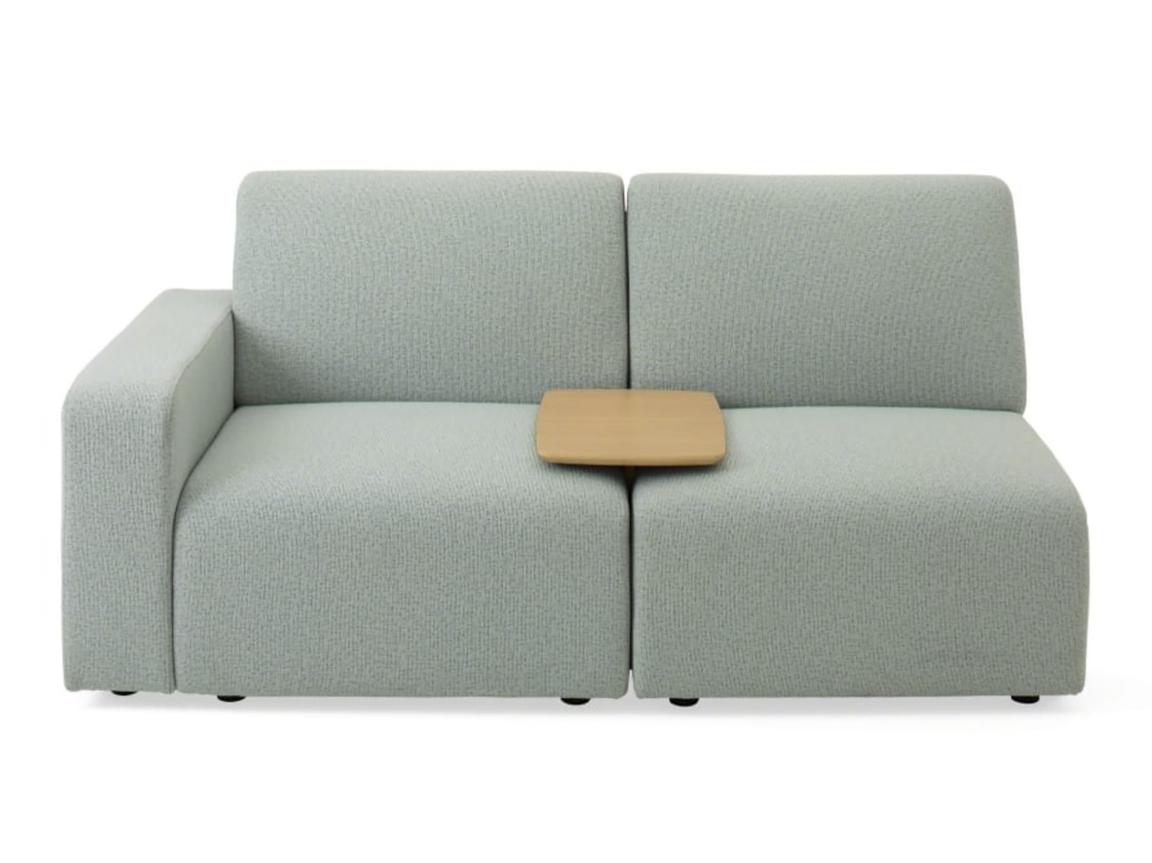
Loveseat
A loveseat with a small work surface is a soft seating element for two people.
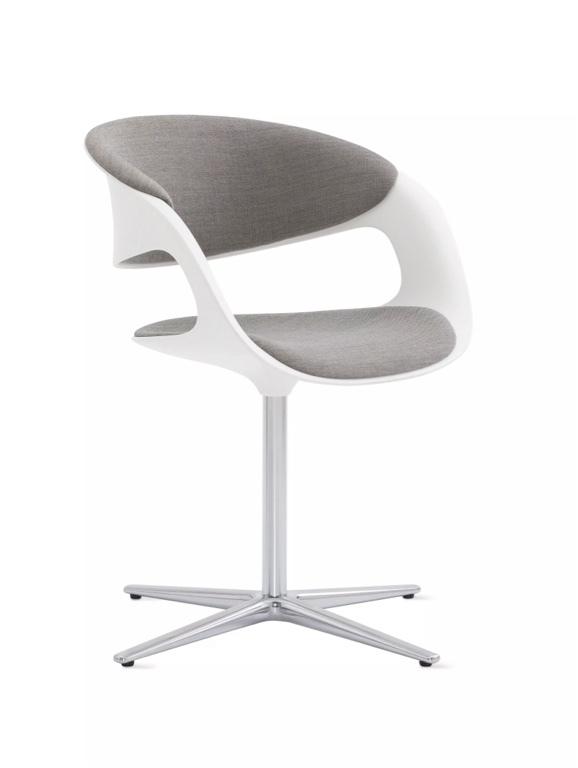
Conversing chair
A work-height swivel chair provides seating for collaborative settings.
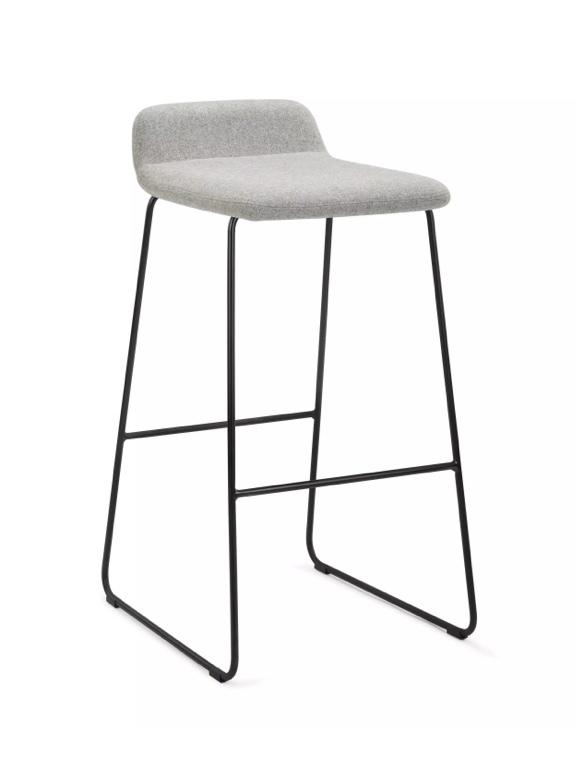
Stool
Small-profile, bar-height seating is an option for high-top tables.
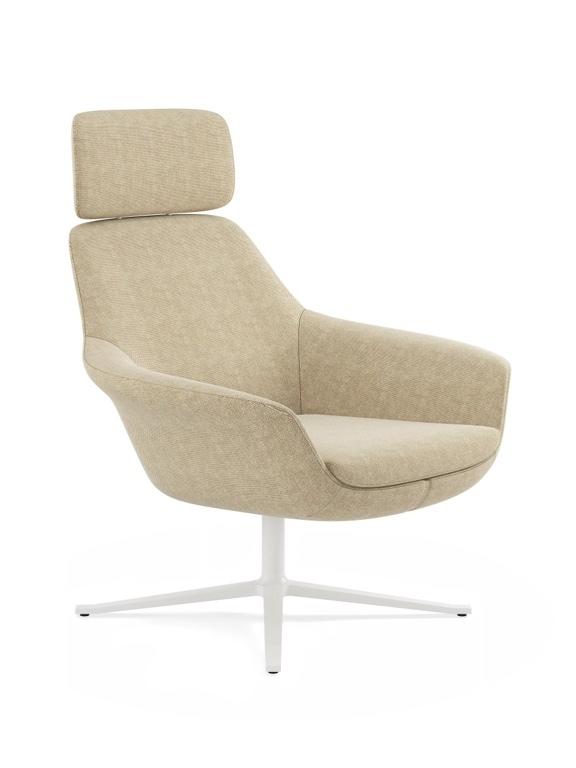
Conversing lounge
Use a relaxed lounge chair for an informal work setting.
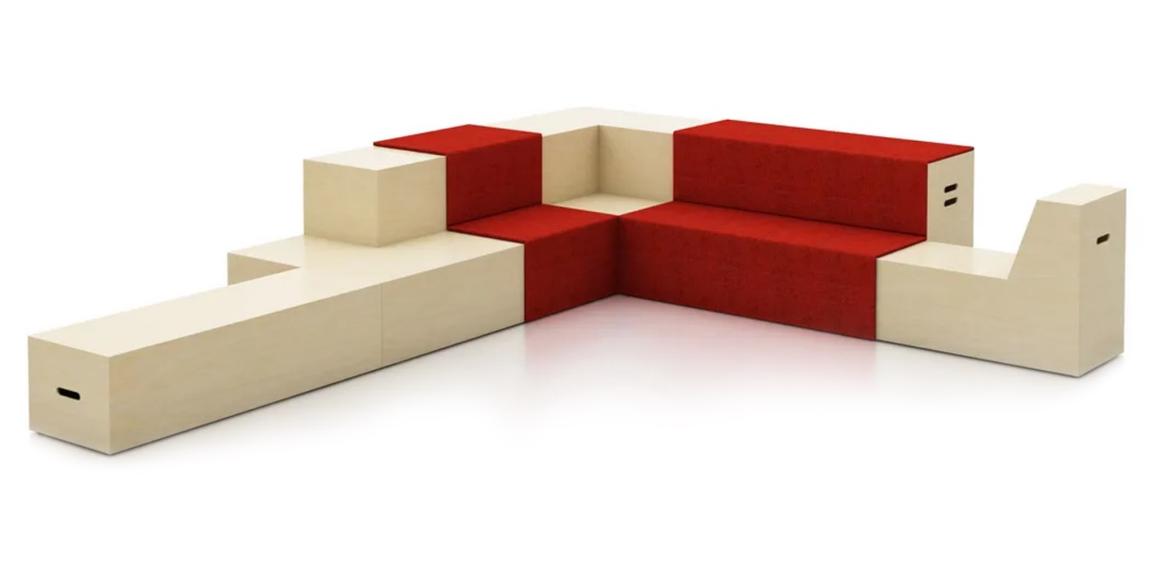
Tiered seating
Tiered seating is a versatile furniture element that can be used as either seating or work surfaces to accommodate a small group of individuals or several people seated auditorium style.
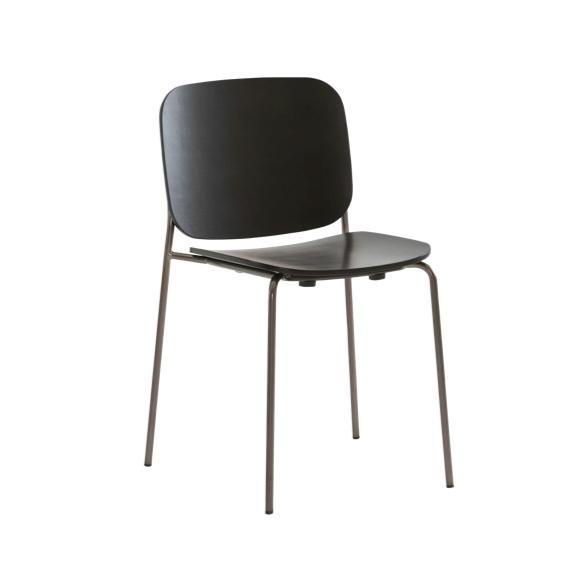
Stacking chair
An easy-to-store chair allows for quick setup of large seating arrangements.
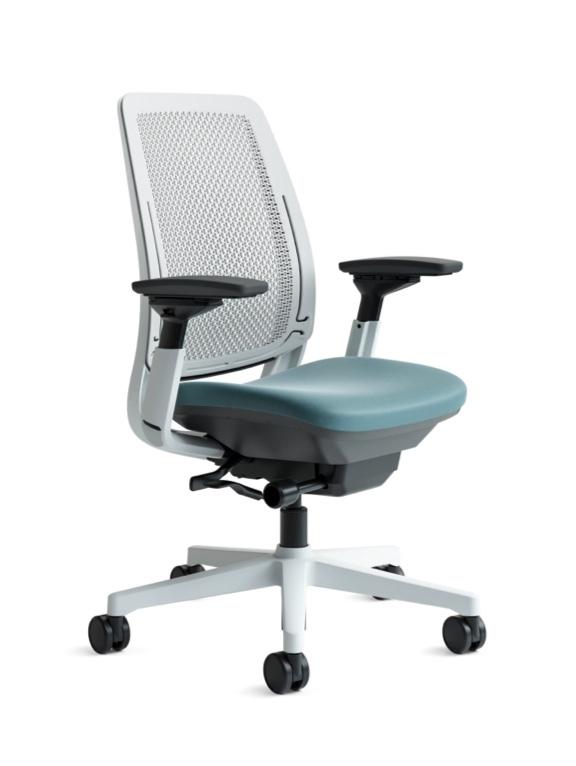
Work chair
An adjustable, fully ergonomic task chair can be used at workstation desks.
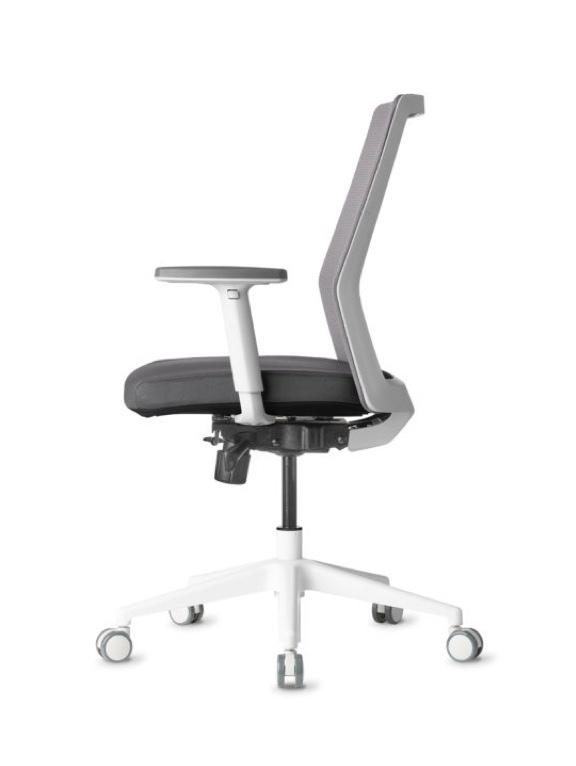
Meeting room chair
Use an ergonomic work-height chair in meeting rooms.
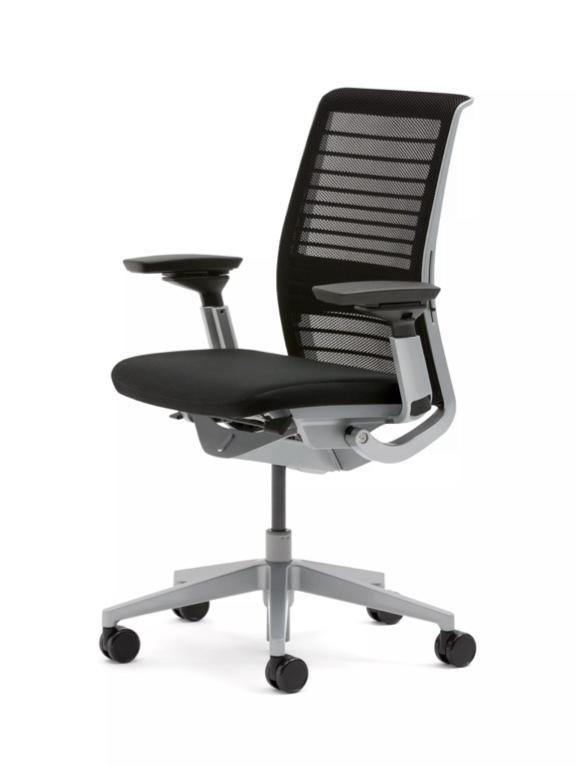
Conference chair
An ergonomic mesh-back chair is typically used for more formal conference settings.
Collaborative tables
Collaborative tables come in a variety of sizes, heights and levels of flexibility. Informal tables are smaller and offer greater mobility due to their lightweight construction. Many collaborative tables offer height adjustability or are on casters for even easier mobility. Conference tables are more formal and solid; they’re typically stationary and contain higher-quality finishes.
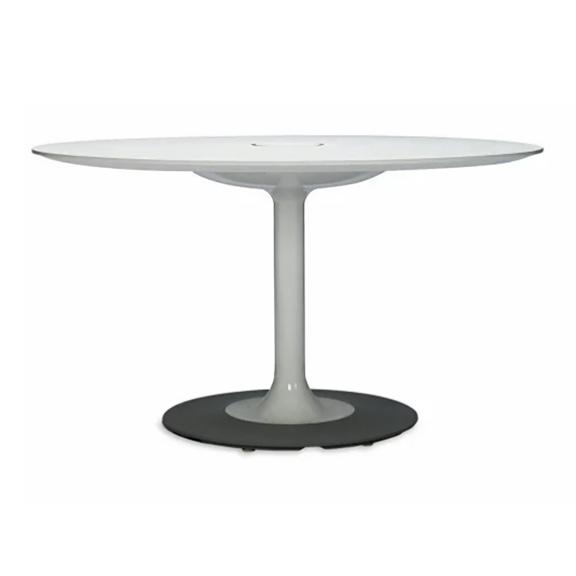
Meeting table
A round group meeting table can accommodate 3–5 team members.
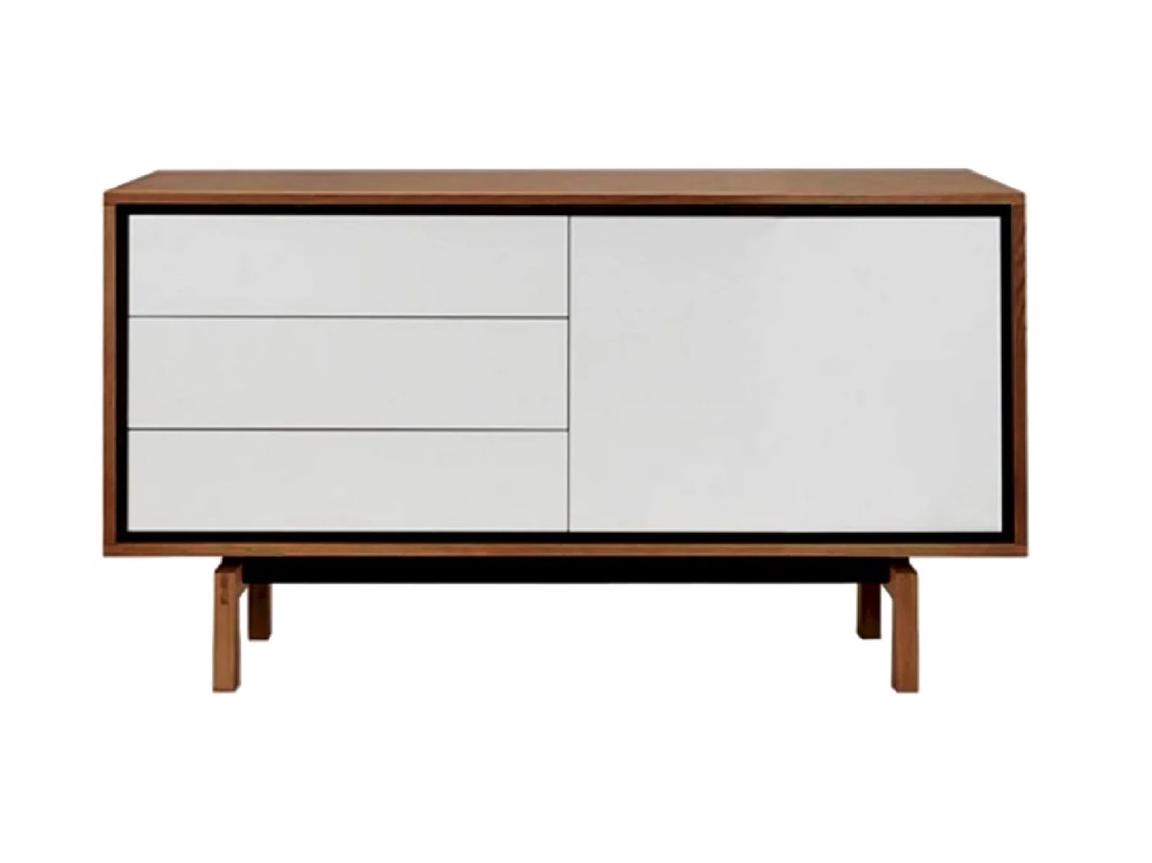
Credenza
Typically placed in meeting and conference rooms, credenzas offer a convenient place to store meeting preparation materials and other necessary items in frequently used meeting spaces.
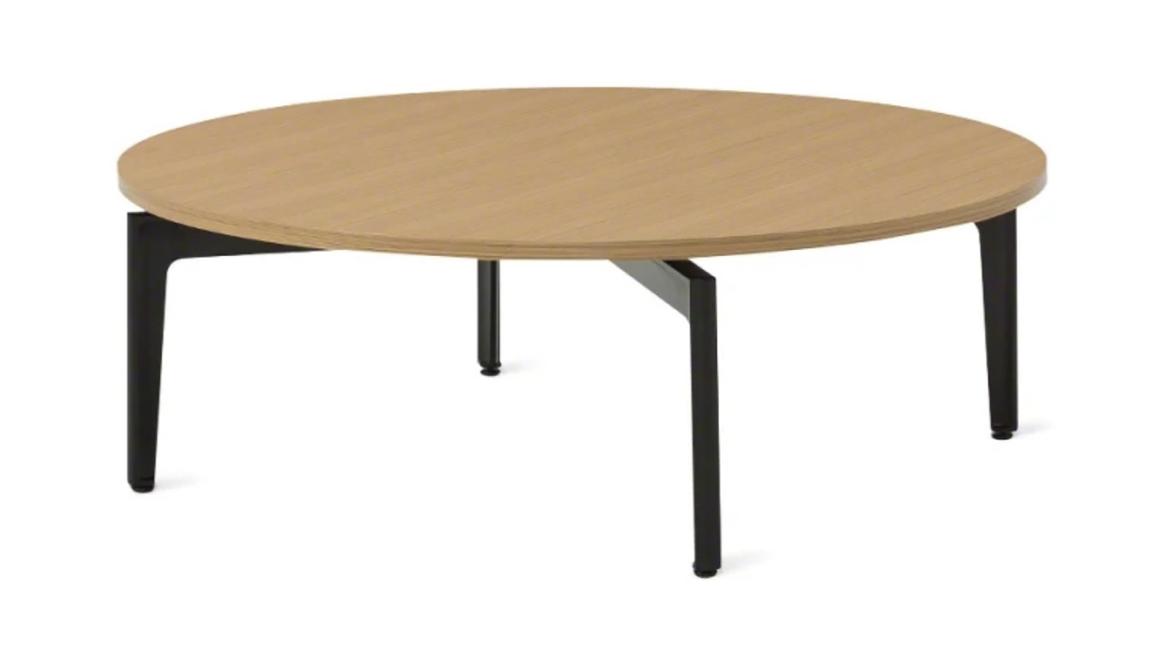
Coffee table
A low coffee table can be used for gathering and spreading out materials.
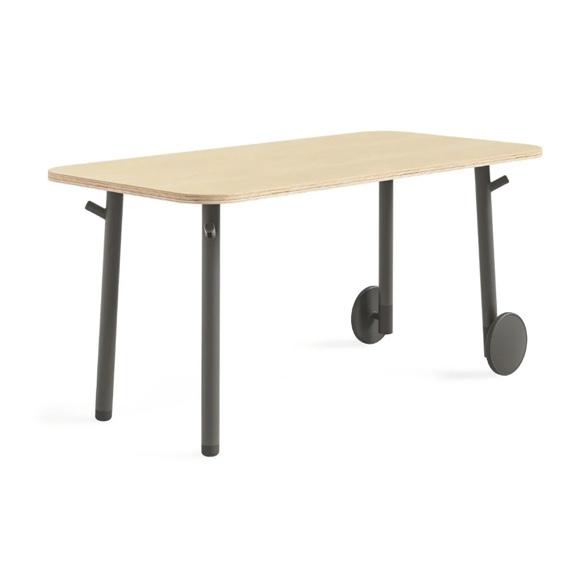
Flexible table
A counter-height, movable table on wheels can be used for flexible teaming and brainstorming.
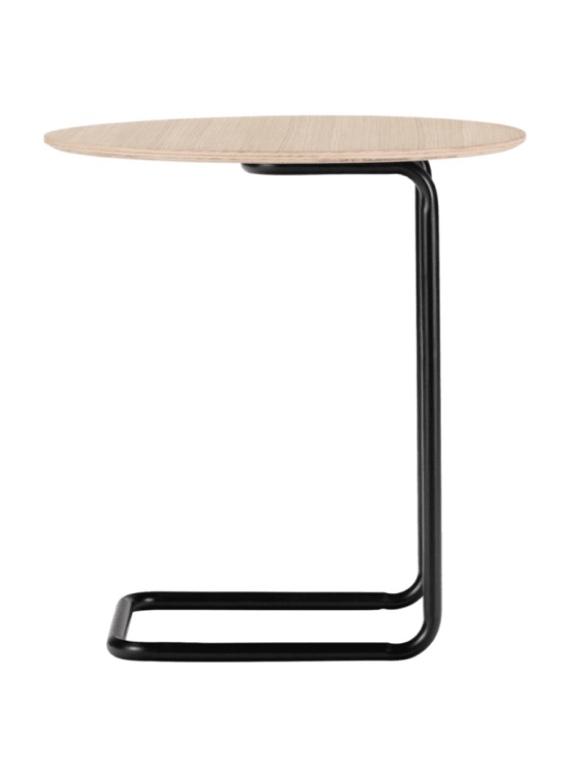
Side table
An easily movable small work surface is useful in relaxed conversing areas.
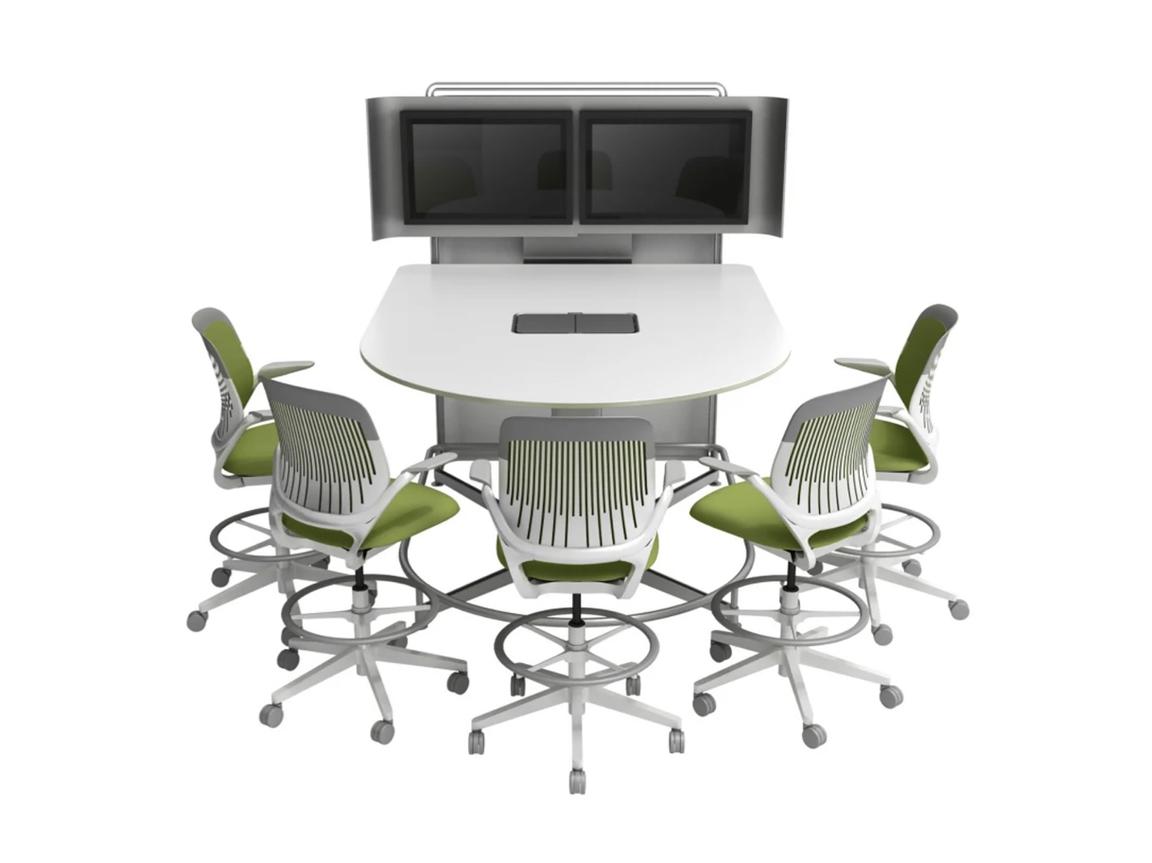
Integrated media table
A powered meeting table with multiple screens can be used for team meetings and informal presentations.
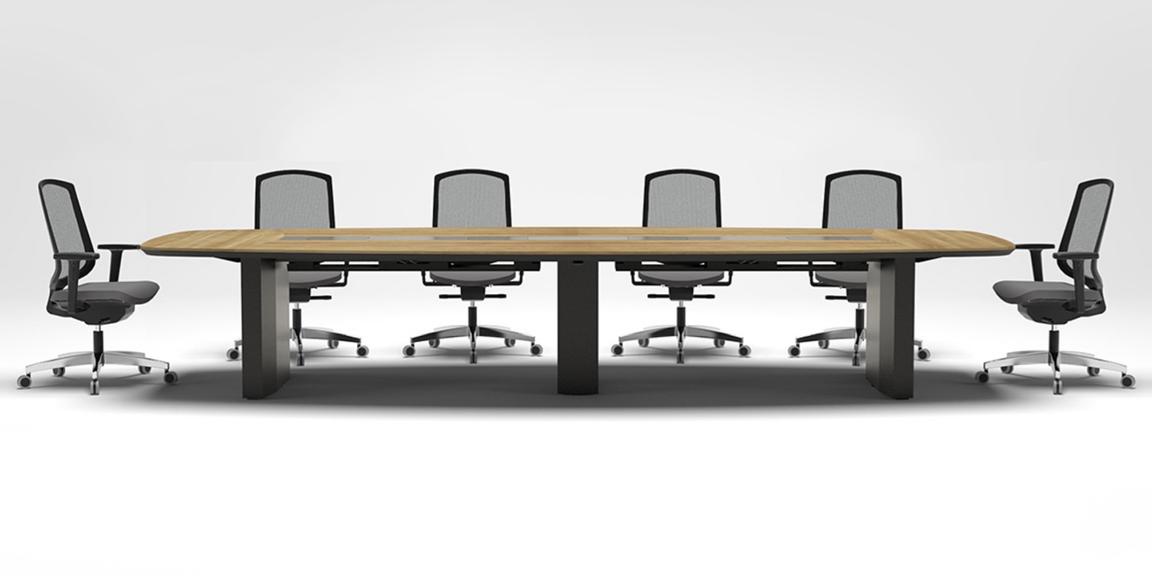
Conference table
A powered formal conference table with a stable base, available in a variety of sizes and finishes, provides versatility for different conferencing uses.
Café settings
Café furnishings are specifically conducive to dining and contact with foods and drinks. The surfaces are smooth, easy to clean and give diners enough space to comfortably enjoy a meal. Seating is upright and at table height.
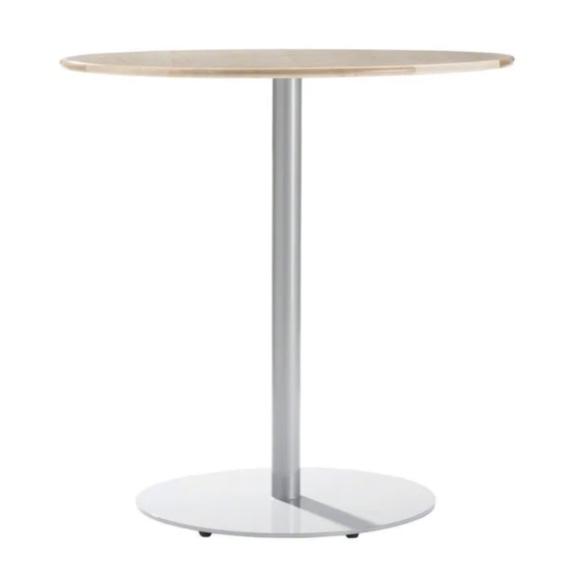
Café table round
This round dining table option offers an easy-to-clean surface and sturdy base.
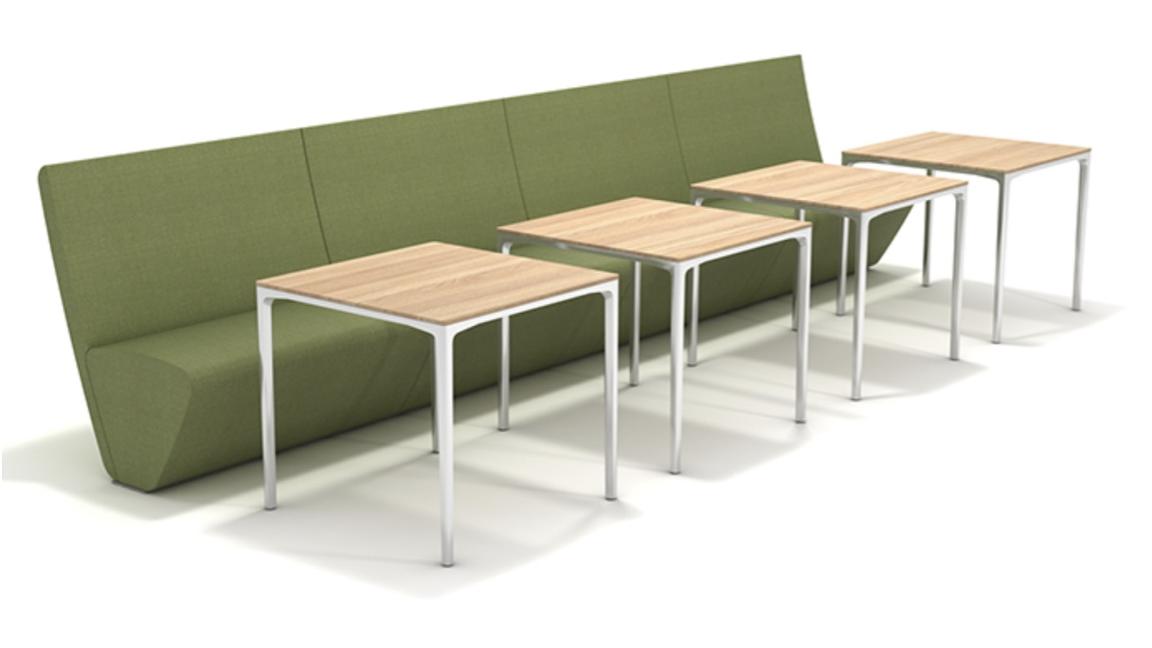
Banquette
A modular banquette system with a high back offers a soft seating dining option.
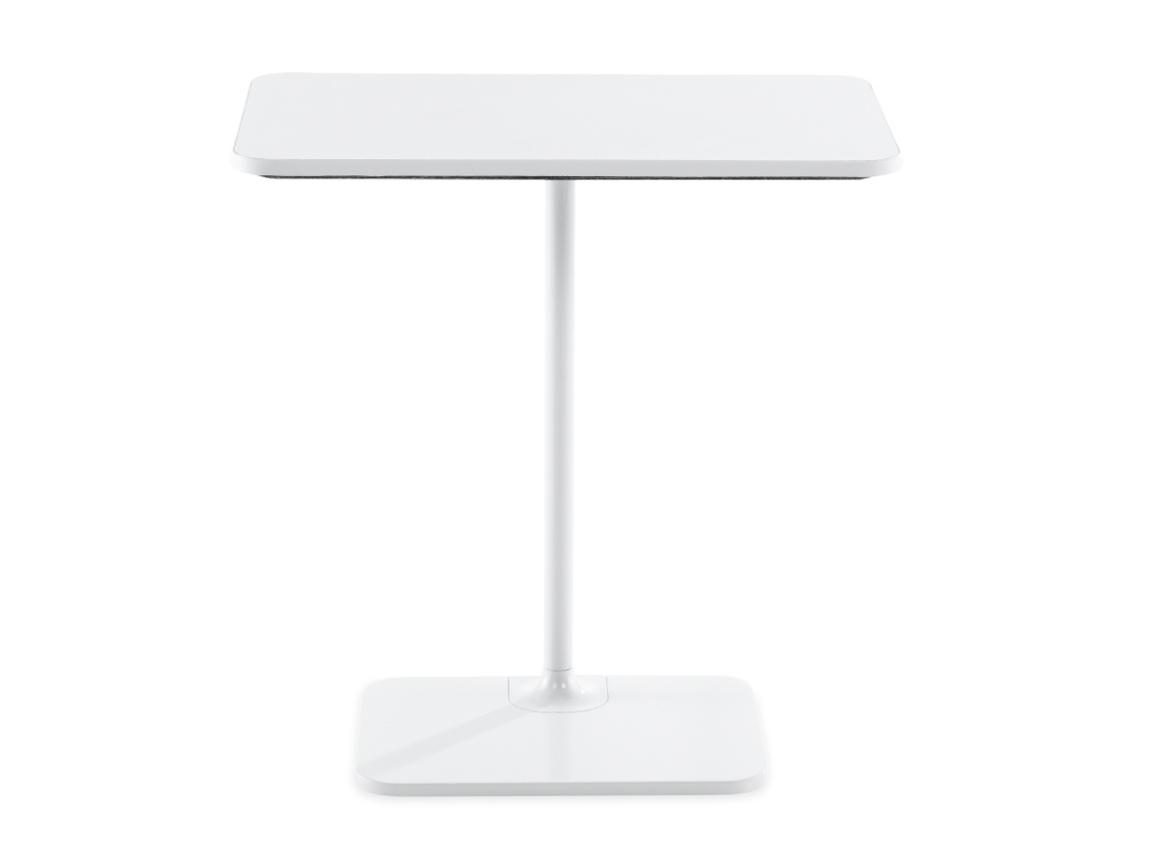
Café table square
A square table with an easy-to-clean surface and sturdy base is another good dining option.

Dining chair
Equip dining tables with table-height dining chairs.
Workplace tools
The right tools activate a workspace, putting cutting-edge technology into the hands of users by integrating solutions directly into the built environment.
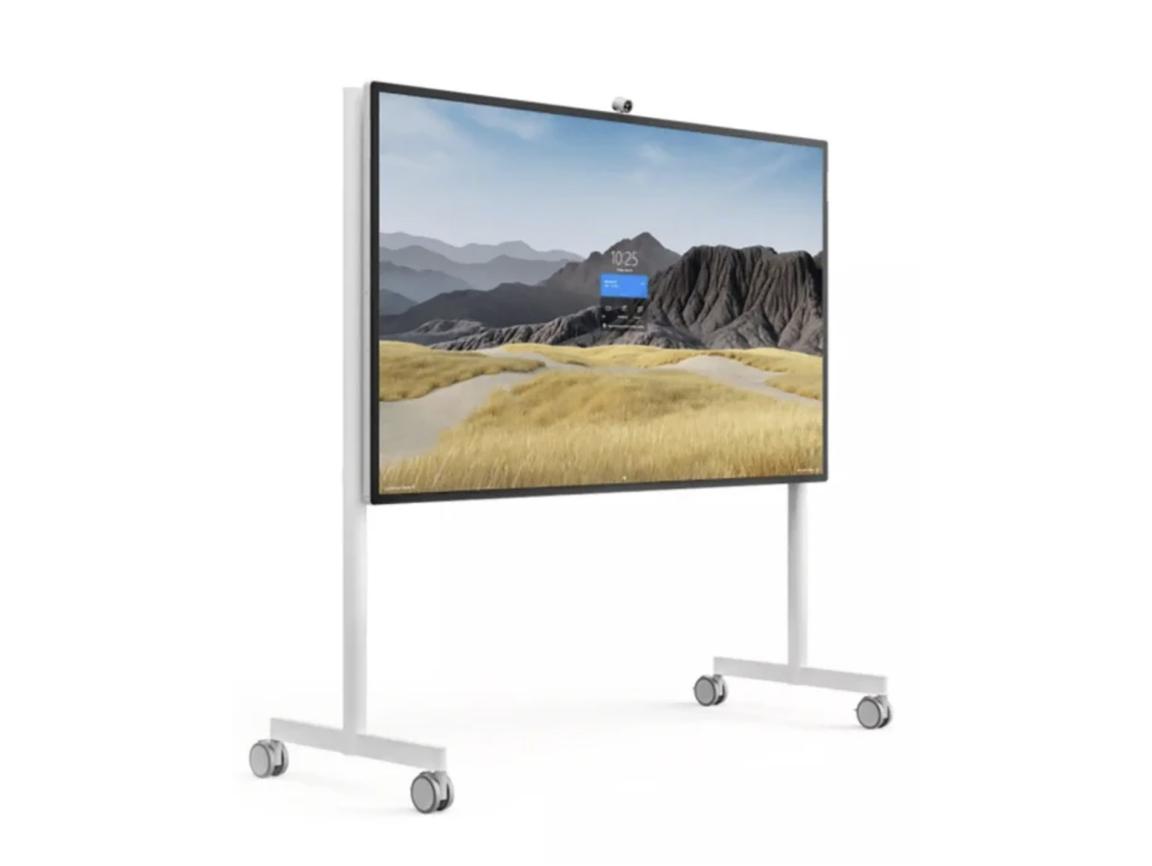
Digital screen dividers
Movable interactive screens, designed for teaming, working and presenting, can also be used to visually separate spaces.
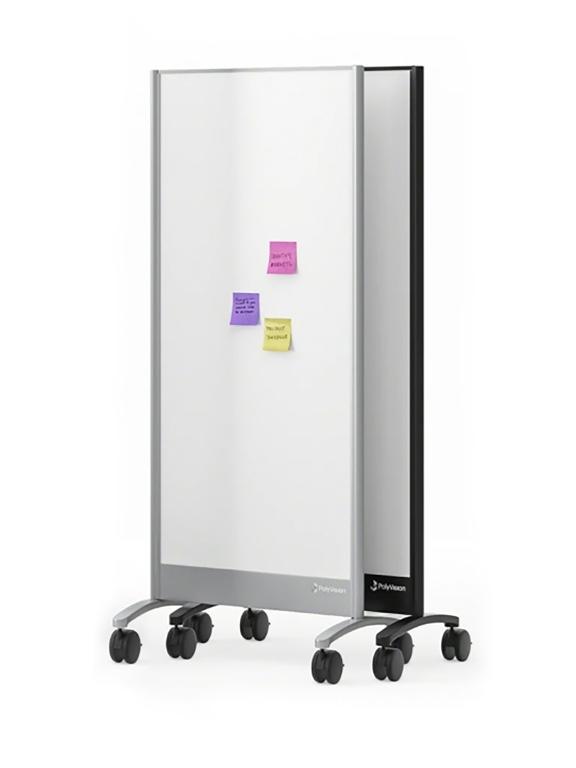
Mobile whiteboards
Movable whiteboards enable the rapid expression and development of ideas and can be used to subdivide large co-creation spaces into smaller zones.
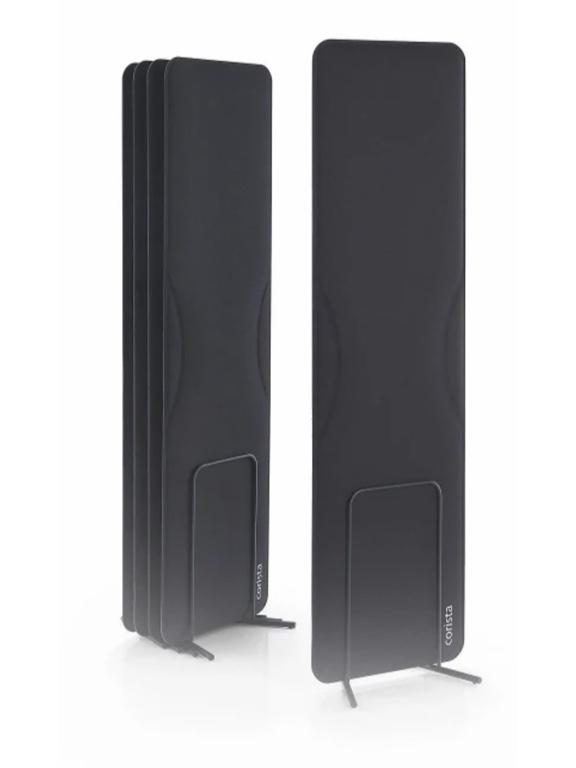
Acoustic divider partitions
These divider panels give both visual and sonic separation of large work areas to reduce overall noise levels and improve focus.
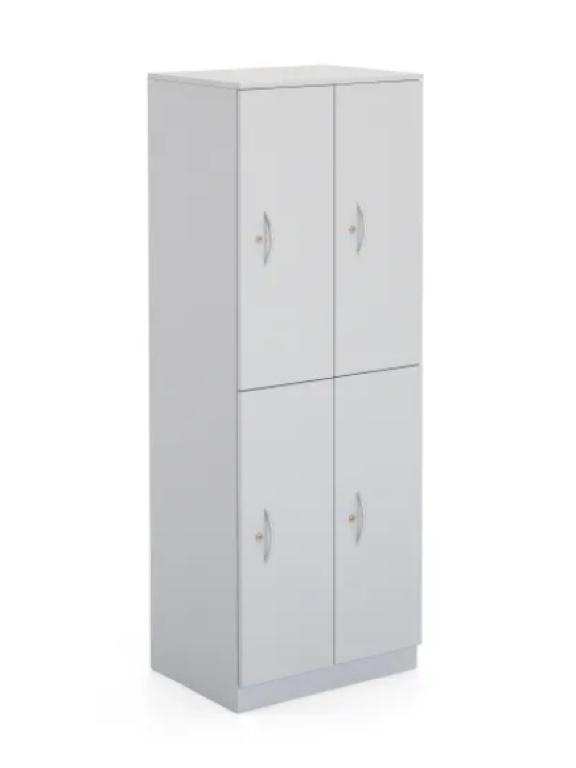
Lockers
Lockers offer secure storage of personal items in close proximity to seats.
Sustainability and wellness recommendations
LEED and WELL:
- A lot of manufactured furniture and furnishings have undergone VOC emission and content testing. Specify these products to ensure compliance with LEED credit EQc2 and WELL feature X06.
- Consider a LEED v4.1 substitution for EQc2.
- Specifying furniture and furnishings that do not contain any added formaldehyde, halogenated flame retardants, mercury, cadmium, antimony or hexavalent chromium will help projects attempting certification earn points towards WELL A05 part 2, X05, X06, X07 and X08, as well as LEED credit EQc2.
- Specify products with transparency documents, such an HPDs, Declare or a Materials Safety Data Sheet (MSDS), to ensure none of the aforementioned chemicals or other hazards are present. Doing so will also contribute to LEED credit MRc5 and WELL features X07 and X08.
- Consider option 1 for MRc5.
- When specifying furniture made of or containing wood, look for products that use FSC-certified wood to contribute to LEED credit MRc4.
- Consider option 2 for MRc4.
- Look for furniture and furnishings that use natural or biobased synthetic fibers to earn points toward LEED credit MRc4.
Additional recommendations:
- Repellent treatments may contain PFAS. These substances are sometimes called “forever chemicals” due to their environmental persistence. Research has associated PFAS exposure with numerous adverse health effects, including increased risks for some cancers. Antimicrobials can harm beneficial microorganisms, impact human and environmental health, and increase antibiotic resistance.
- Avoid furniture, furnishings and upholstery textiles that have been treated with stain and water repellents, as well as antimicrobials.
- Upholstery and resilient filling materials, such as batting, pads or loose fills in cushions, may be treated with flame retardants. Several common classes of flame retardants have been found to be carcinogenic, endocrine disrupting and neurotoxic.
- Look for products that do not contain added flame retardants.
- California’s TB117-2013, the primary fire resistance test performed on furnishings, doesn’t ban the use of flame retardants, per se. The label used to indicate compliance with testing provides a space for manufacturers to disclose if they passed without the use of flame retardants.
- Look for furnishings that do not contain added flame retardants by reading the TB117-2013 label and consulting with the manufacturer.
- Look for products that avoid adhesive in their construction, allowing for disassembly and, therefore, greater recycling of the products’ components at their end of life.

